If you find a baby squirrel in your yard, then you should primarily focus on keeping the baby warm and trying to reunite it with its mother.
The baby may have fallen from a nearby nest. You should look for nearby nests and wait for at least 30 minutes.
If the mother does not come, then the baby should be provided heat and protection from predators.
If you feel that the nest has fallen recently, then you should make a nest box and wait for the mother to retrieve the baby. You can use a plastic container and fleece blanket to put the baby squirrel in it.
Baby squirrels cannot generate their heat. Thus, they require a temporary heat source. You can always use a bottle filled with warm water and put it in the soft sock, and this will act as a great heat source for the baby.
What to feed squirrels depends majorly on their age. Here are different foods that you should give baby squirrels according to their age.
Week 1
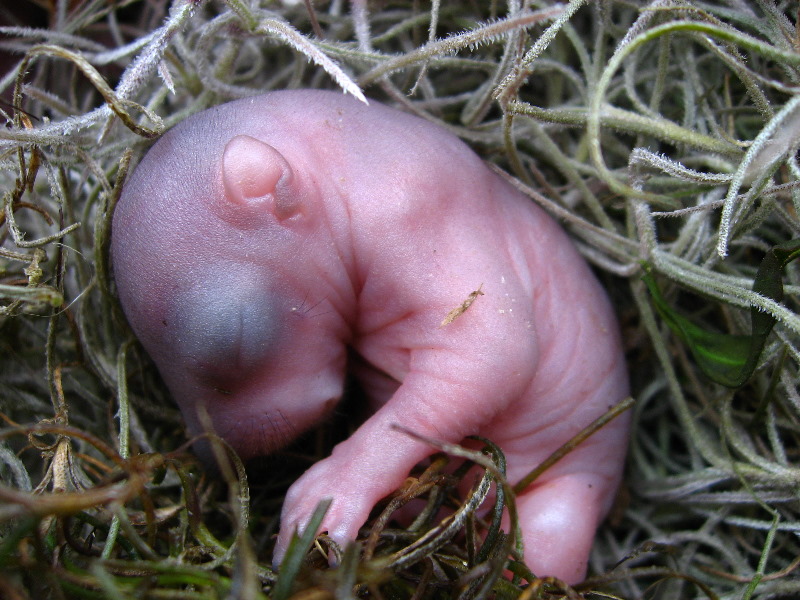
The newborn squirrel babies are referred to as ‘Pinkies’ because of their pink color and tightly closed eyes. From birth itself, they have stripes on their back. They are 3-4 cm long and weigh about 5-8 grams. They require tender care at this age.
You should initially start feeding squirrel water and milk in the ratio of 70:30. You can also switch to 100% milk if the kid appears to digest the food well. The pinkies should be fed the mixture 8-9 times a day, and the quantity should be around 0.1ml.
Week 2
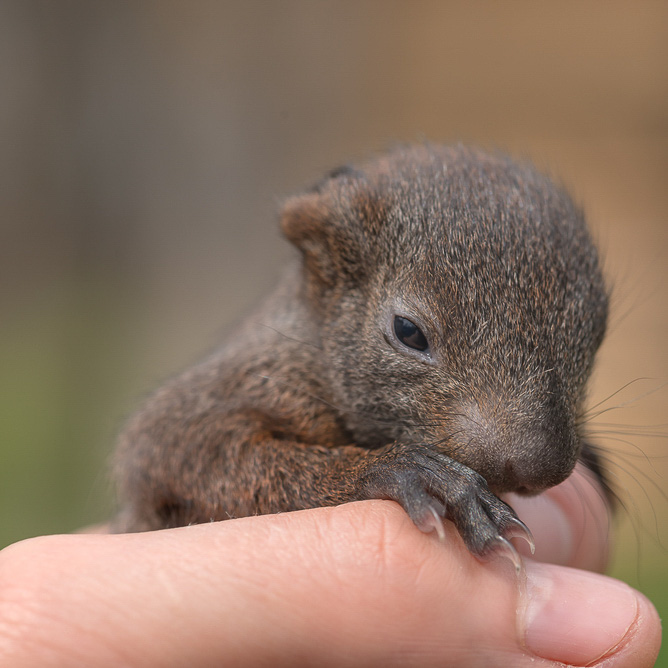
The young squirrel baby puts on the weight in the first few weeks, and their skin becomes darker with little hair. They begin to respond to sound, and their eyes begin to open little.
They should be fed the same diet as the first week, but boiled egg yolk can also be added to their feed in a couple of feeds every day. The quantity of the feed should also be increased to 0.2ml.
Week 3
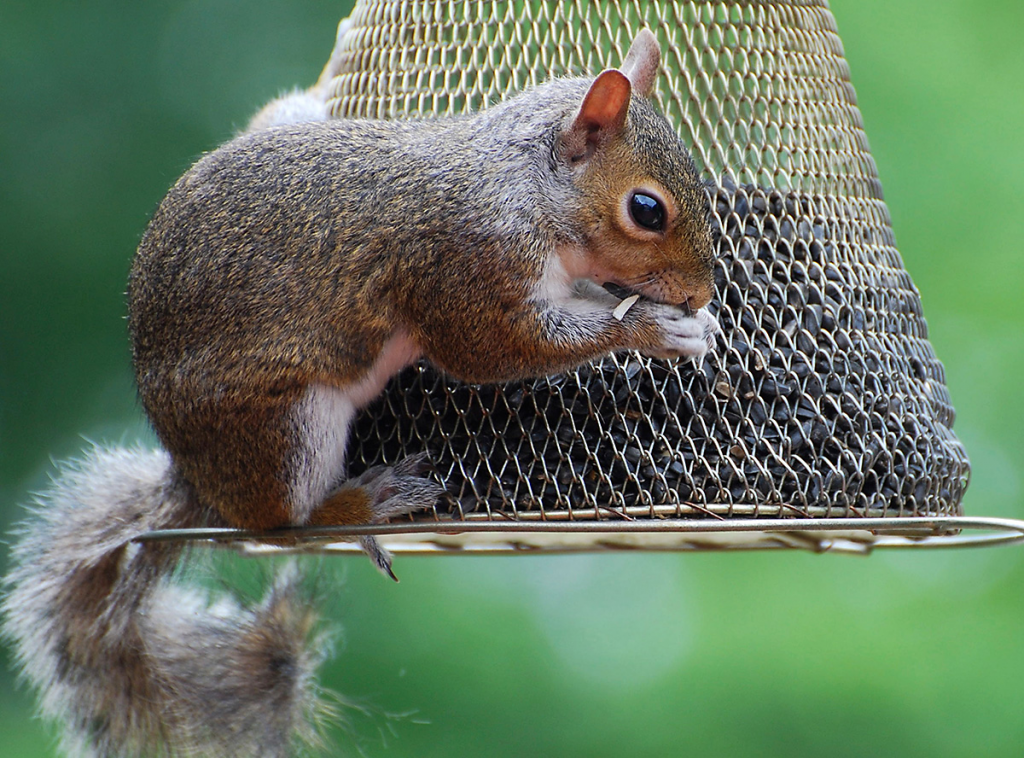
The baby squirrel began to properly respond to stimuli by the end of the third week. A quarter scoop of Ceralac combined with egg yolk should be given to the baby so that they can easily get introduced to the news feed. They should be given 7-8 feeds a day, and the quantity should be 1.0-1.2ml.
Week 4
The baby squirrels will begin to play after providing food like a puppy. They should be placed back in their boxes once they are done playing to sleep till the next meal peacefully.
The meal should be kept the same as the third week, but you can always add soft fruits like banana and apple to their diet. The quantity of the feed should also be increased to 2–2½ per feed, and the frequency of feed should be decreased to five times a day.
Week 5 and 6
At this stage, the baby’s muscles began to develop well, and they become very active. The ratio of Ceralac in the food should be increased to one scoop and yolk to 1/4th of the egg. You can also add vitamin and pediatric drops to the food for the quick growth of the baby.
During this stage onwards, you should focus more on solid foods such as grapes and pomegranate. The meal quantity should be increased to 3-4ml, and the frequency should be reduced to 4 meals a day.
Week 7 to 8
By this, the baby o squirrel will begin to play fight and will require less attention from you. The milk portion of the feed should be reduced, and the Ceralac portion should be increased. Food and water should be available for the squirrels all the time.
They can also be given almonds, walnuts, and peanuts, and by this time, their teeth are developed. The quantity of the feed can further be increased to 8-10ml.
2 to 3 months
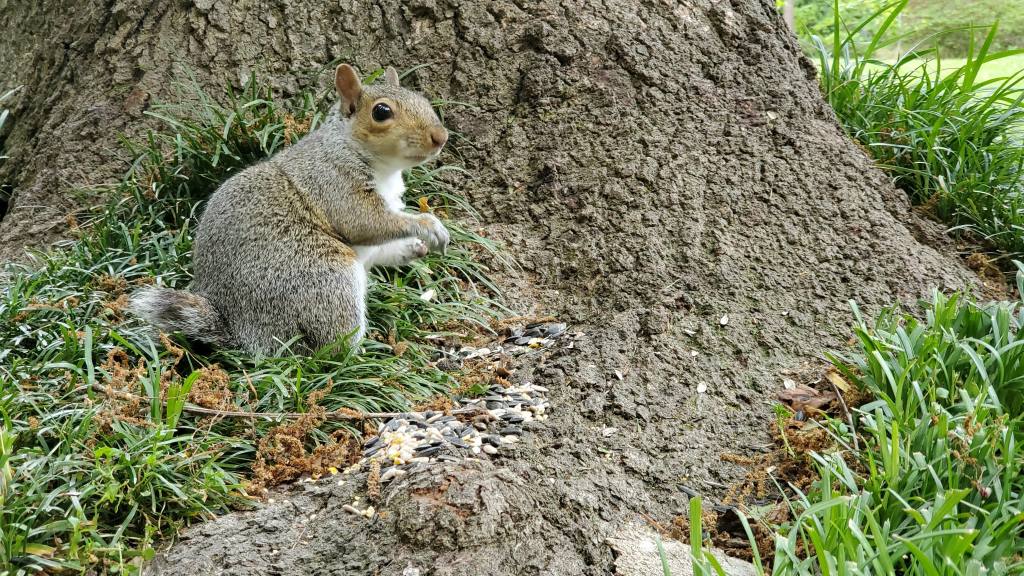
By this age, squirrels learn to find their food, so they should be allowed to play outside and learn to search for their food.
By this time, the kids completely adjust to the daylight. The process of rehabilitation of the squirrel should begin at this age.
A feed of Ceralac with few vitamin drops should be enough for the nutritional need of the squirrel. After this, the squirrel can be released in your yard as it will be able to care for itself.




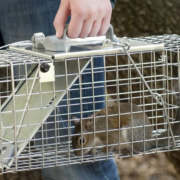


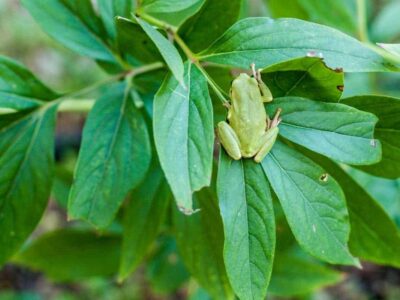
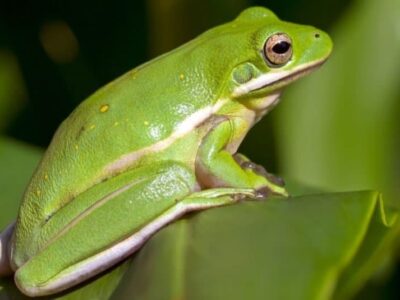

Comments